Home>Garden Essentials>How To Apply Grass Seed
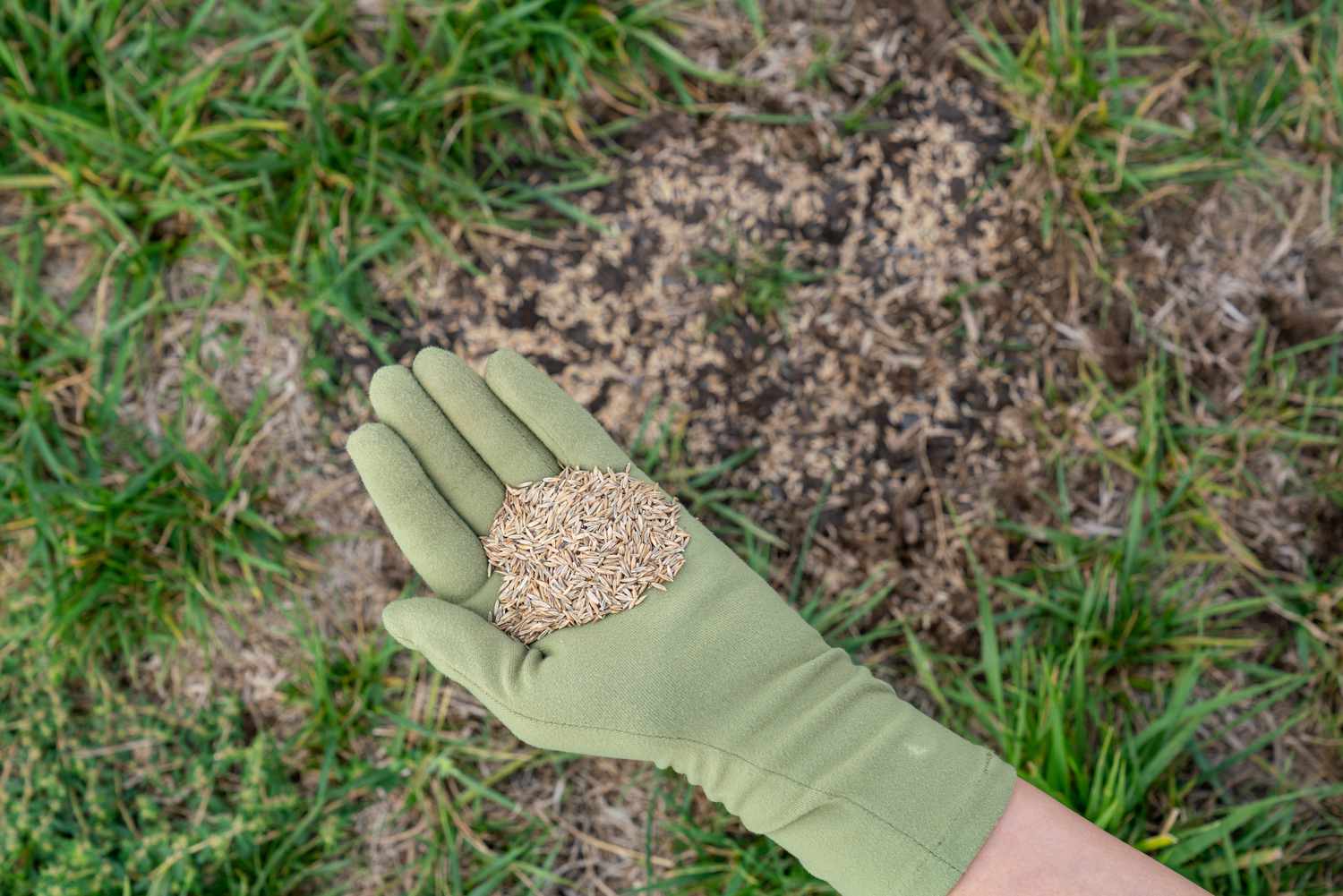

Garden Essentials
How To Apply Grass Seed
Modified: March 16, 2024
Learn how to apply grass seed in your garden for a lush, green lawn. Expert tips and techniques for successful seeding.
(Many of the links in this article redirect to a specific reviewed product. Your purchase of these products through affiliate links helps to generate commission for Storables.com, at no extra cost. Learn more)
Introduction
Are you dreaming of a lush and vibrant lawn? The key to achieving that is by using grass seed to fill in bare spots or start a new lawn from scratch. Whether you’re a seasoned gardener or a beginner, learning how to properly apply grass seed is essential to ensure successful germination and healthy growth.
In this guide, we will walk you through the step-by-step process of applying grass seed effectively. From preparing the soil to maintaining the newly seeded area, we’ve got you covered. So, grab your gardening tools and let’s get started!
Key Takeaways:
- Choose the right grass seed by considering climate, usage, sunlight, and soil conditions. This ensures a resilient and beautiful lawn tailored to your specific needs.
- Properly prepare the soil, measure the area, spread the seed evenly, water diligently, and maintain the newly seeded area for a successful and lush lawn.
Read more: How To Apply Fake Grass
Step 1: Prepare the soil
Before you start spreading grass seed, it’s crucial to prepare the soil properly. This step sets the foundation for healthy grass growth and ensures optimal seed-to-soil contact. Follow these guidelines:
- Clear the area: Remove any weeds, rocks, or debris from the area where you intend to sow the grass seed. This will create a clean and even surface for planting.
- Loosen the soil: Use a rake or a garden tiller to loosen the top layer of soil. This step helps improve drainage and allows the grass roots to penetrate the soil more easily.
- Amend the soil: Conduct a soil test to determine if your soil needs any amendments, such as adding organic matter or adjusting pH levels. This will ensure that the grass seed has the necessary nutrients for healthy growth. Follow the recommendations provided by the soil test results.
Remember, a well-prepared soil will provide the ideal growing conditions for your grass seed and set the stage for a thriving lawn. Take your time with this step, as it lays the groundwork for the success of your grass seed application.
Step 2: Choose the right grass seed
Choosing the right grass seed is essential for achieving a beautiful and resilient lawn. Different grass species and varieties have unique characteristics and growing requirements. Here are some factors to consider when selecting your grass seed:
- Climate: Determine the climate zone you live in, as certain grass types thrive in specific regions. Cool-season grasses, such as Kentucky bluegrass and tall fescue, are ideal for northern areas with colder winters. Warm-season grasses, such as Bermuda grass and Zoysia grass, are better suited for southern regions with hot summers.
- Usage: Consider the purpose of your lawn. Do you have kids or pets that will be using the space? If high foot traffic is expected, opt for a grass variety known for its durability and ability to withstand heavy use.
- Sunlight: Assess the amount of sunlight your lawn receives. Some grass types, like Bermuda grass, require full sun, while others, like fine fescue, tolerate shade better. Choose a grass variety that matches the sun exposure in your yard.
- Soil conditions: Take into account the soil type and drainage in your area. Some grasses, such as perennial ryegrass, adapt well to a variety of soil types, while others, like Bahiagrass, thrive in sandy soils.
By considering these factors, you can select the grass seed that is best suited for your specific lawn conditions. Take the time to research and choose a high-quality seed to ensure optimal germination and long-term success.
Step 3: Measure the area
Accurately measuring the area where you plan to sow grass seed is important for determining the amount of seed you will need. Here’s how to measure your lawn:
- Clear the area: Remove any obstacles such as furniture, toys, or debris from the lawn to get a clear and accurate measurement.
- Break it down: Divide your lawn into easily manageable sections. You can use a measuring tape or a long rope to mark off boundaries.
- Measure length and width: Measure the length and width of each section in feet. Multiply these two measurements to find the square footage of each section.
- Add it up: Add up the square footage of all the sections to find the total area of your lawn.
Once you have the total area, you can use this information to determine the amount of grass seed you will need. Check the seed packaging for recommended coverage rates. It’s always a good idea to purchase a bit more seed than you think you’ll need to account for any potential waste or patchy areas.
By accurately measuring your lawn, you’ll be able to calculate the right amount of grass seed, saving you time, effort, and money in the long run.
Water the area before applying grass seed to ensure the soil is moist. Spread the seed evenly using a spreader or by hand. Rake lightly to cover the seeds with a thin layer of soil. Keep the area consistently moist until the grass is established.
Step 4: Spread the grass seed
Now that you have prepared the soil and measured the area, it’s time to spread the grass seed onto your lawn. Follow these steps to ensure even and thorough coverage:
- Use a spreader: For larger areas, use a broadcast spreader to evenly distribute the grass seed. This will help prevent clumping and ensure uniform coverage. For smaller areas, you can spread the seed by hand or use a handheld spreader.
- Divide the seed: Divide the total amount of seed you calculated into two equal portions. This will allow you to make two passes over the lawn, ensuring better coverage.
- Start with a pattern: Begin by walking along the longest edge of the lawn and spread the seed in a back-and-forth motion, moving in parallel lines. Continue this pattern until you have covered the entire area with the first portion of seed.
- Overlap: When making the second pass with the second portion of seed, make sure to overlap the areas you have already seeded. This will help fill in any missed spots and ensure even distribution.
Remember to adjust the spreader settings according to the seed type and the manufacturer’s recommendations. It’s crucial to apply the seed at the recommended rate to avoid over or under-seeding.
After spreading the grass seed, lightly rake the area with a garden rake to ensure good seed-to-soil contact. This will help the seeds germinate better and result in more successful growth.
With careful spreading and proper application, you are now on your way to establishing a beautiful and lush lawn.
Read more: How To Apply Grass Fertilizer
Step 5: Water the area
Watering is a critical step in the grass seed germination process. Proper watering helps the seeds establish roots and encourages healthy growth. Follow these guidelines when watering the newly seeded area:
- Water immediately after seeding: After spreading the grass seed, water the area immediately to moisten the soil. This will help the seeds settle and make direct contact with the soil.
- Keep the soil consistently moist: Water the seeded area lightly every day or every other day to keep the soil consistently moist. Avoid overwatering, as it can lead to seed washouts or fungal issues. The goal is to keep the top inch of soil moist throughout the germination period.
- Water in the morning or evening: Watering in the early morning or late evening helps to minimize water loss due to evaporation and reduces the risk of heat stress to the newly emerging grass seedlings.
- Monitor soil moisture: Keep an eye on the soil to ensure it doesn’t dry out. If the surface begins to appear dry, it’s time to water again. Use a moisture meter or simply insert your finger into the soil to check for moisture depth.
Continue watering the newly seeded area regularly until the grass is well-established, typically around 6-8 weeks. As the grass starts to grow, gradually reduce the frequency of watering and increase the amount of water applied to encourage deeper root growth.
Remember, proper watering is essential to promote healthy germination and establishment of your new grass seed. Pay attention to the moisture levels and adjust your watering schedule accordingly for the best results.
Step 6: Maintain the newly seeded area
Once the grass seed begins to germinate and establish, it’s essential to provide proper maintenance to ensure its long-term health and growth. Follow these tips to maintain the newly seeded area:
- Mow at the right height: Once the grass reaches a height of 3-4 inches, it’s time to mow. Set your mower to a height of around 2-3 inches for most grass types. Be careful not to remove more than one-third of the grass blade at a time to avoid stressing the seedlings.
- Avoid heavy use: Limit foot traffic and avoid any intense activities on the newly seeded area until the grass has established strong roots. This will help prevent damage and allow the grass to grow undisturbed.
- Fertilize appropriately: After the grass has established, you can apply a slow-release fertilizer following the manufacturer’s instructions. Choose a balanced fertilizer that is suitable for your grass type and apply it according to the recommended schedule. This will provide the necessary nutrients for ongoing growth and resilience.
- Control weeds: Keep an eye out for weeds and address them promptly. Hand-pull any visible weeds or use an appropriate herbicide specifically labeled for newly seeded lawns. Be cautious when using herbicides and always read and follow the instructions carefully.
- Continue proper watering: Even after the grass is established, it’s important to continue watering as needed. Pay attention to weather conditions and adjust your watering schedule accordingly. Deep, infrequent watering is preferable over frequent shallow watering, as it encourages deeper root growth.
Maintaining the newly seeded area requires consistent care and attention. By following these guidelines, you’ll give your grass seed the best chance to thrive and develop into a lush and healthy lawn.
Conclusion
Congratulations! You have now learned how to apply grass seed and take the necessary steps for a successful lawn establishment. By preparing the soil, choosing the right grass seed, measuring the area properly, spreading the seed evenly, watering diligently, and maintaining the newly seeded area, you are well on your way to achieving a beautiful and healthy lawn.
Remember, patience is key when it comes to growing grass from seed. It takes time for the seeds to germinate, establish roots, and grow into a lush carpet of green. Be consistent with your maintenance efforts, including mowing at the appropriate height, providing adequate fertilization, controlling weeds, and watering responsibly.
Keep in mind that each lawn is unique, and it may take some experimentation and adjustment to find the best approach for your specific conditions. Pay attention to the needs of your grass and make any necessary tweaks along the way.
With proper care and attention, your newly seeded lawn will reward you with its beauty, durability, and resilience. So, gather your gardening tools, follow these steps, and enjoy the satisfaction of transforming your outdoor space into a thriving oasis of green.
Happy gardening!
Frequently Asked Questions about How To Apply Grass Seed
Was this page helpful?
At Storables.com, we guarantee accurate and reliable information. Our content, validated by Expert Board Contributors, is crafted following stringent Editorial Policies. We're committed to providing you with well-researched, expert-backed insights for all your informational needs.

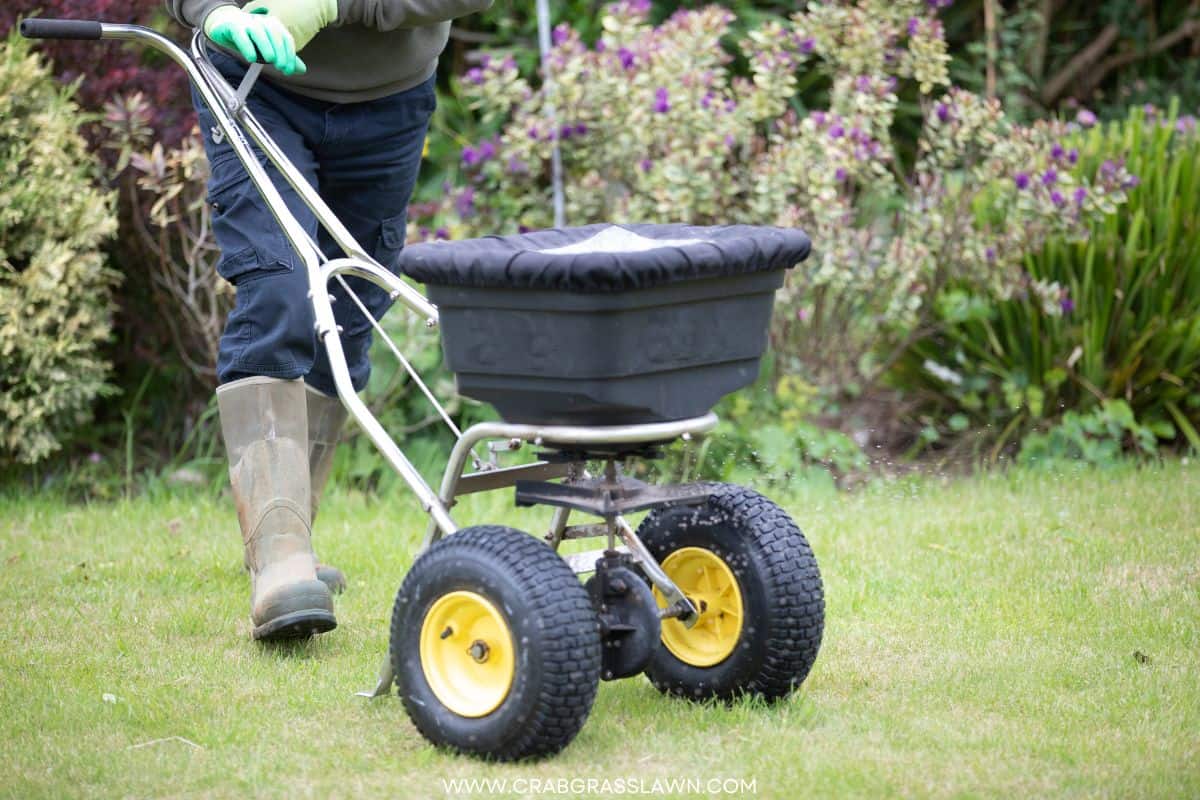
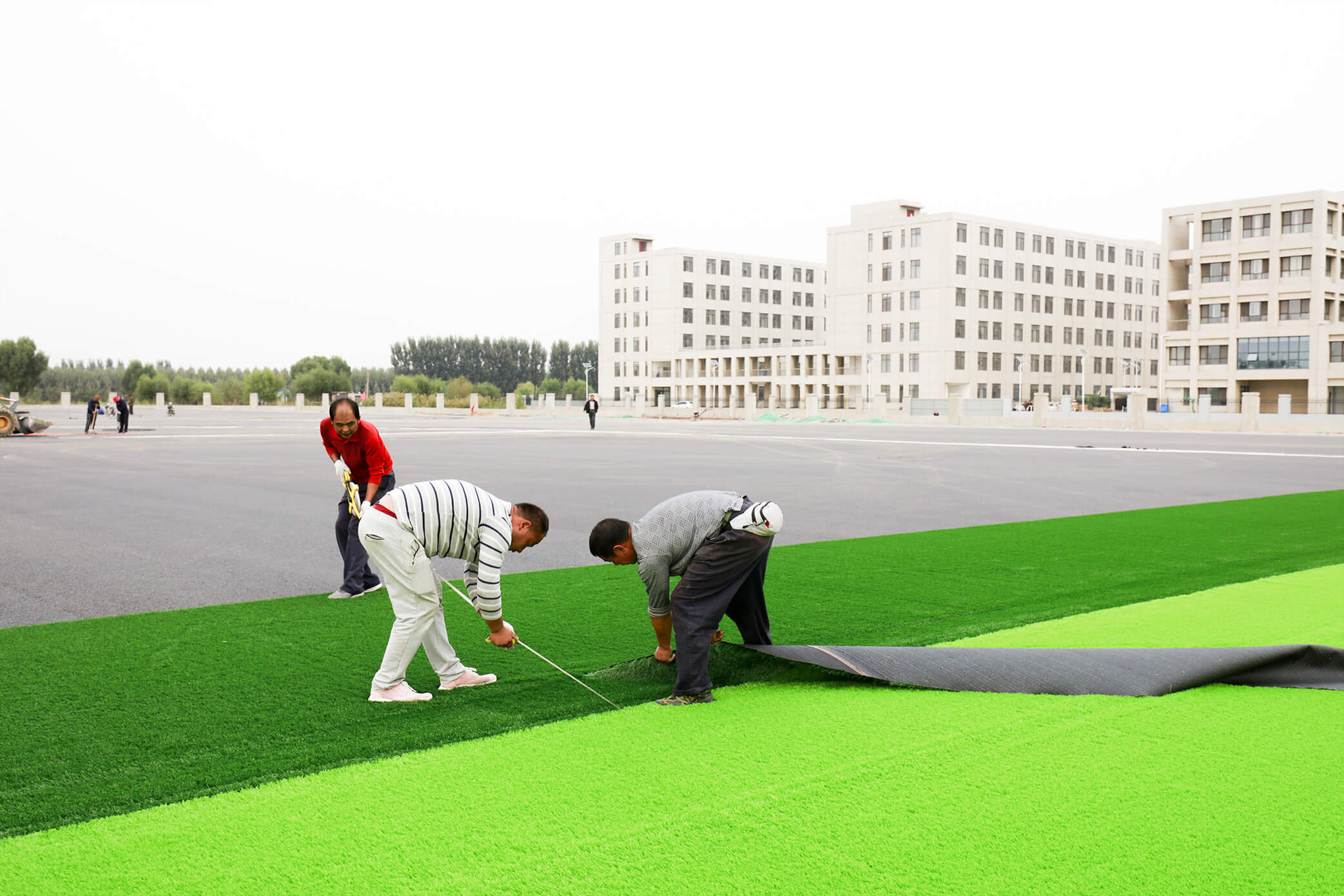
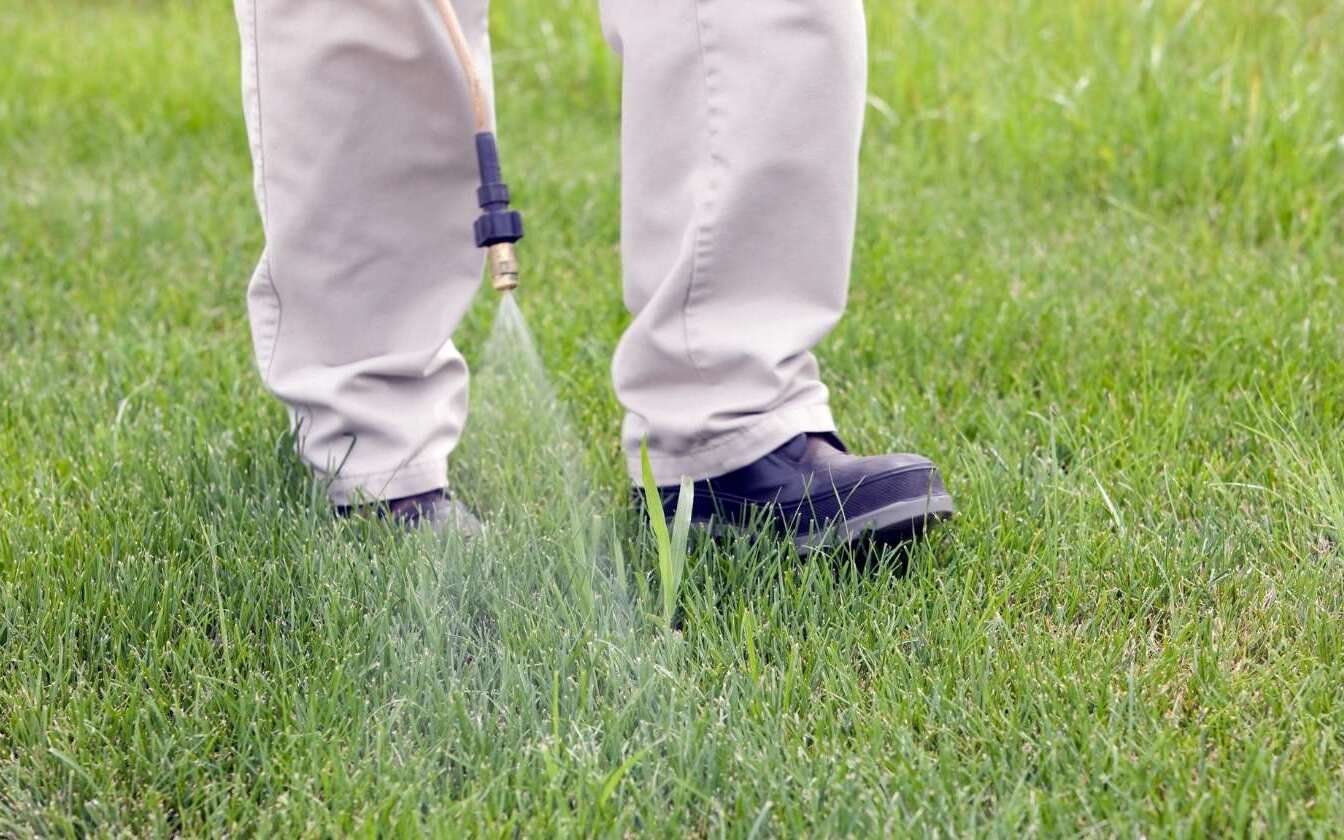
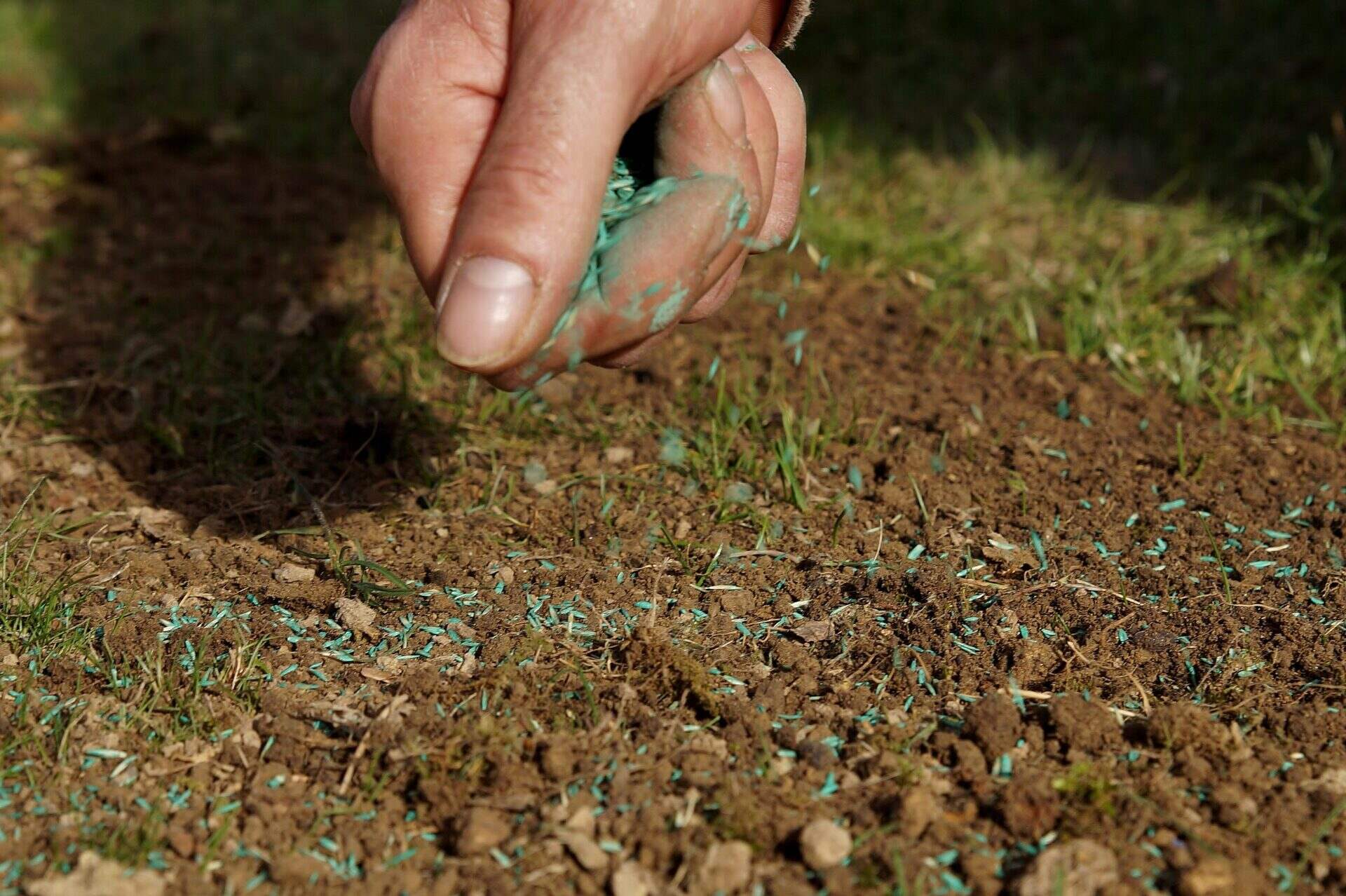
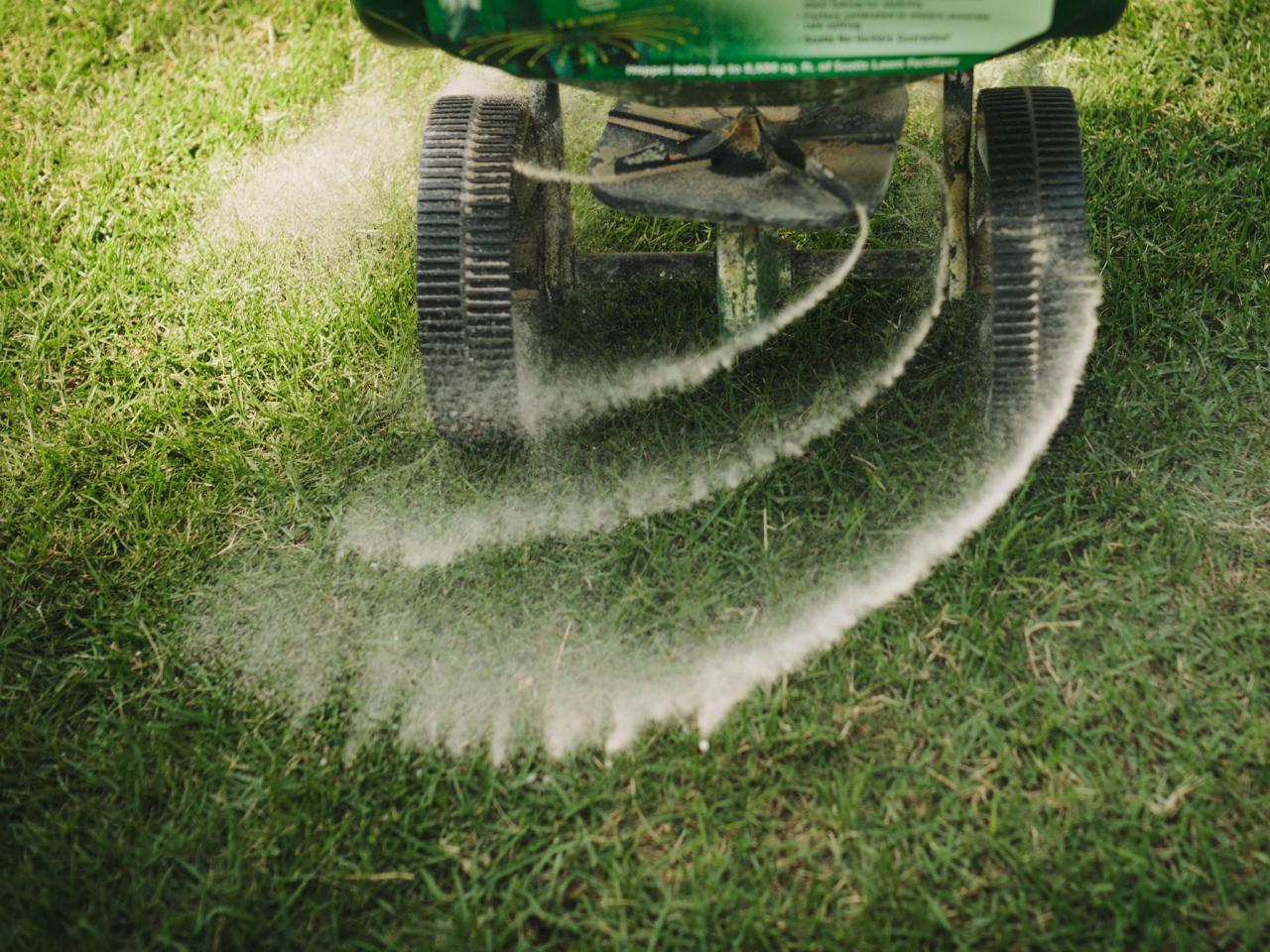
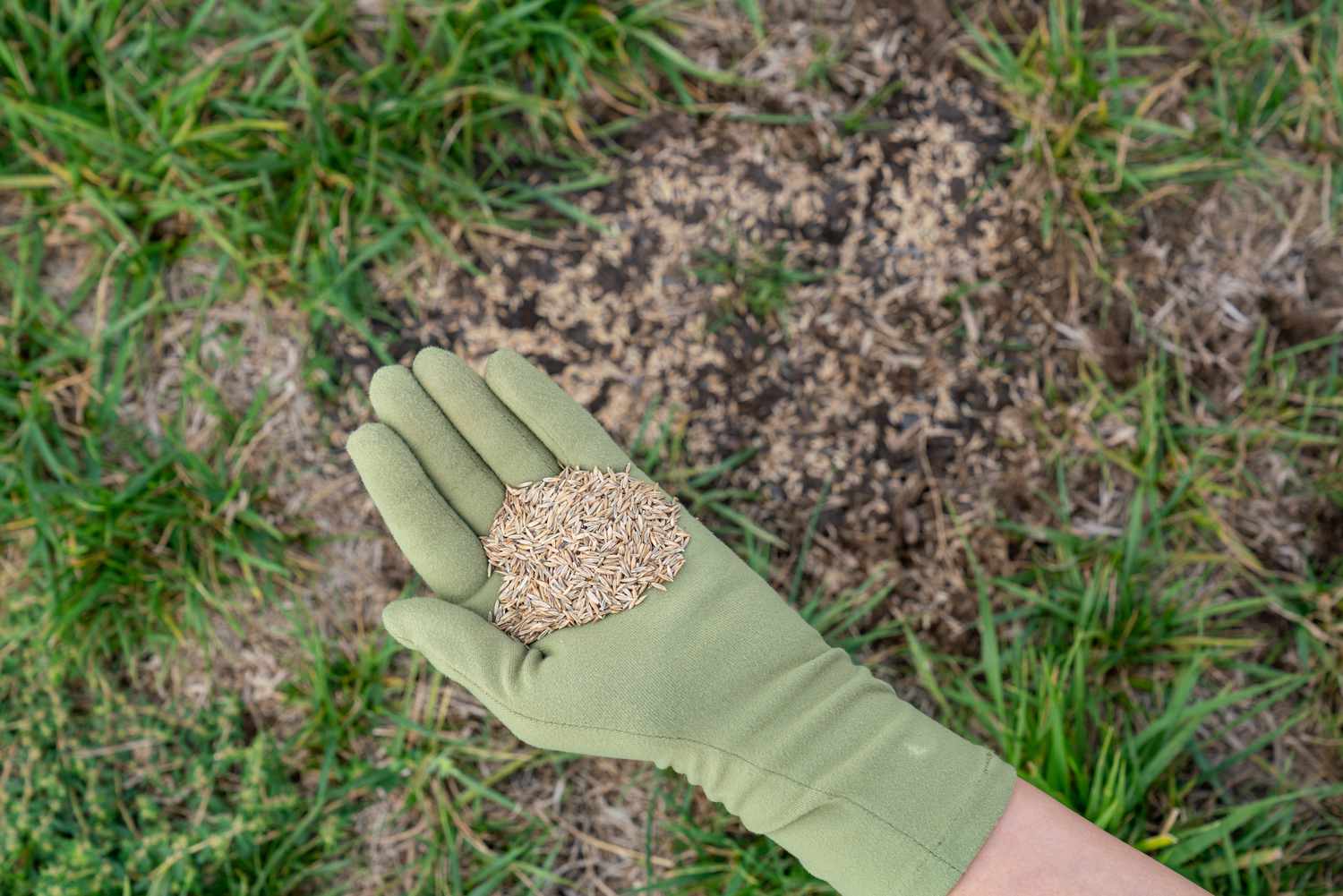
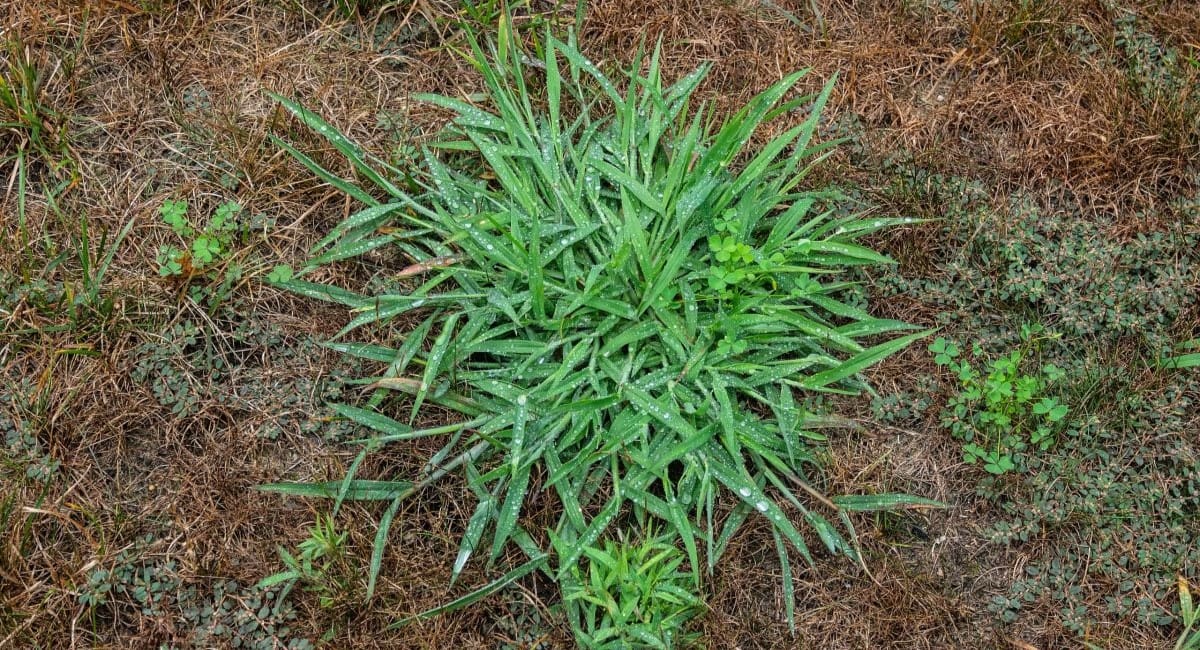
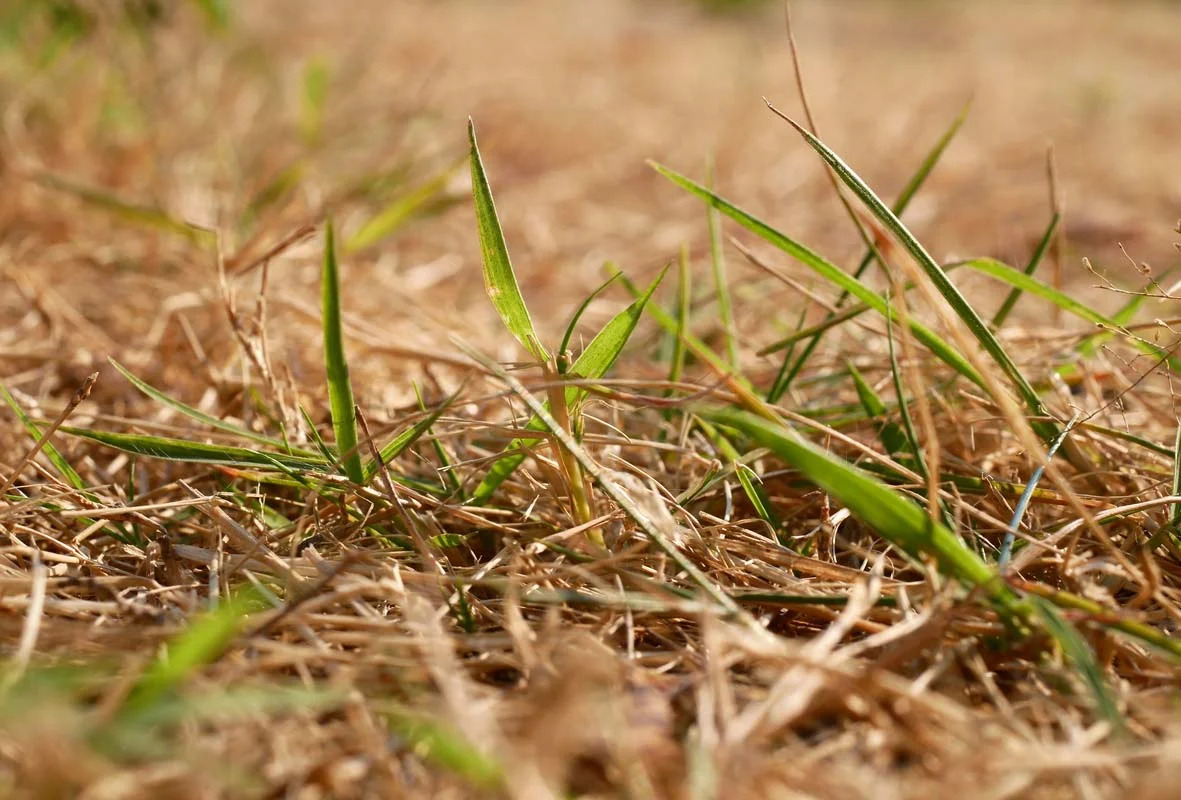
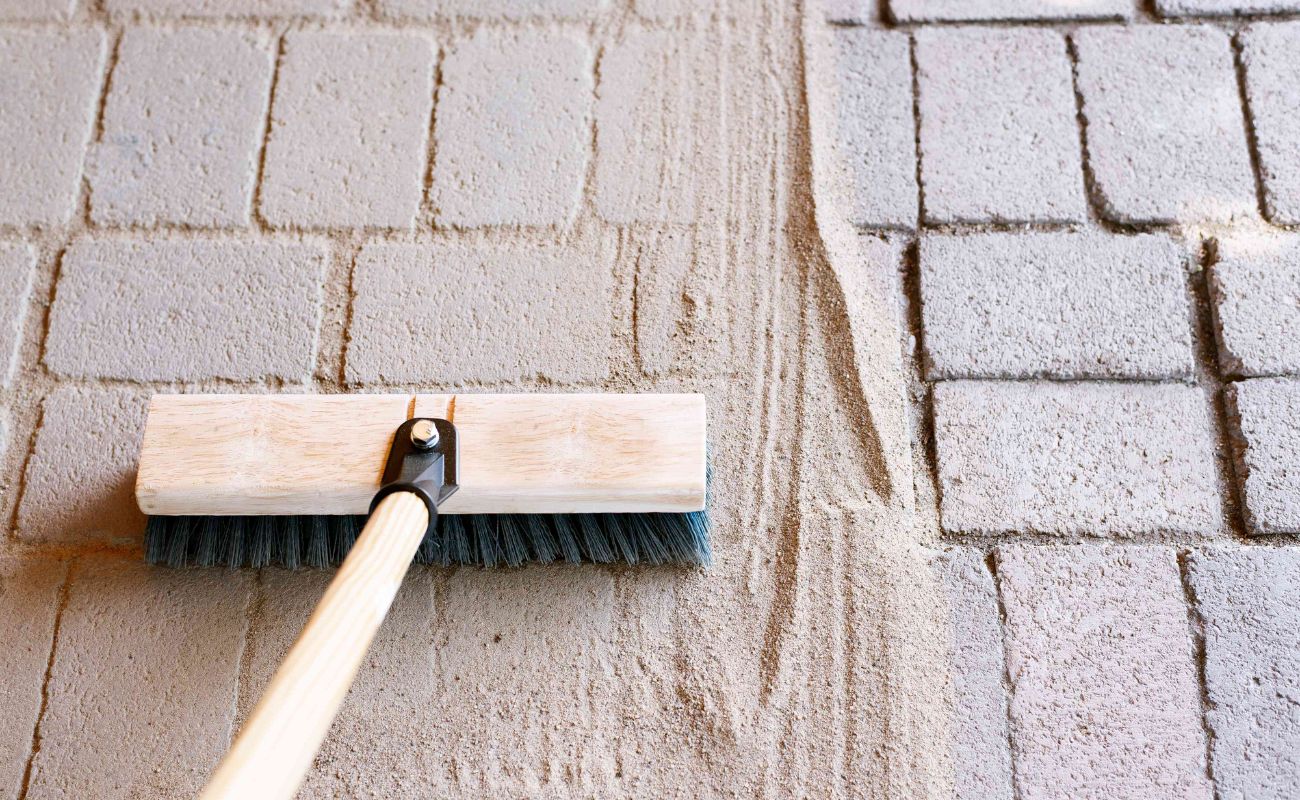

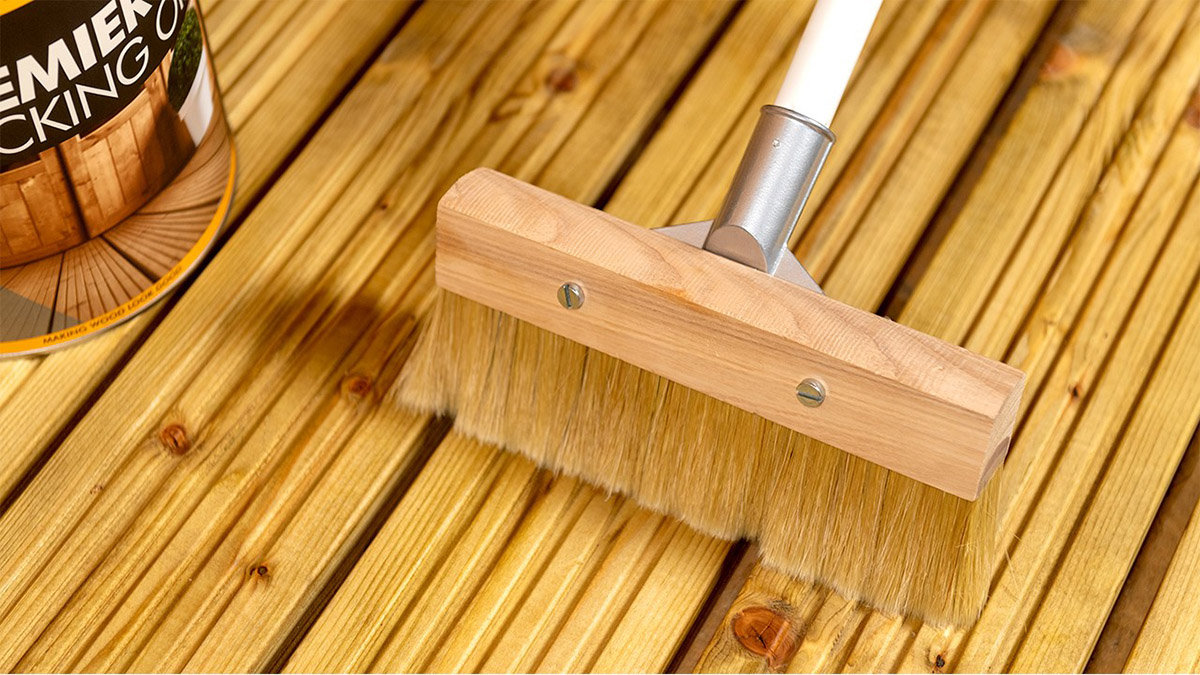
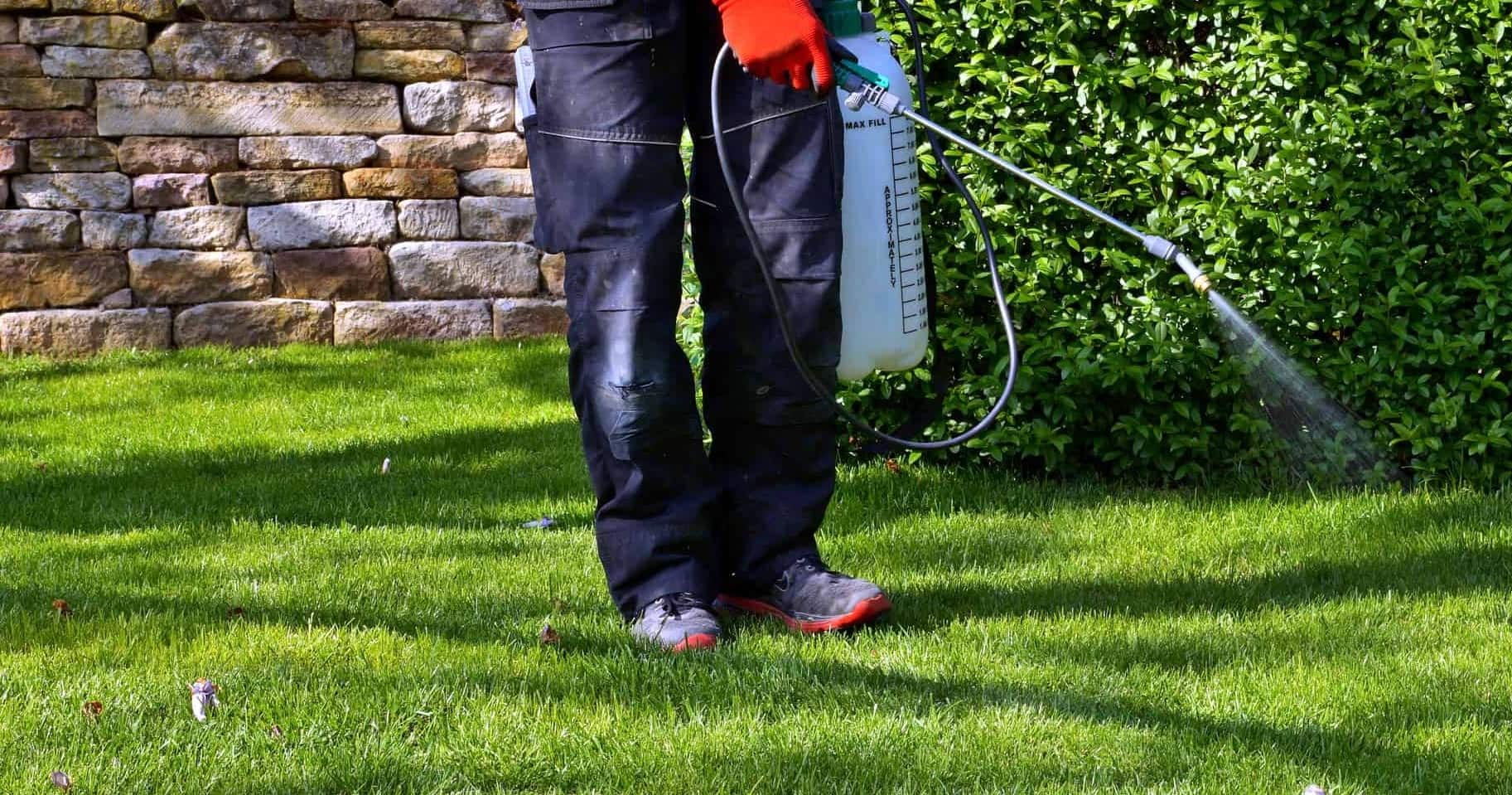
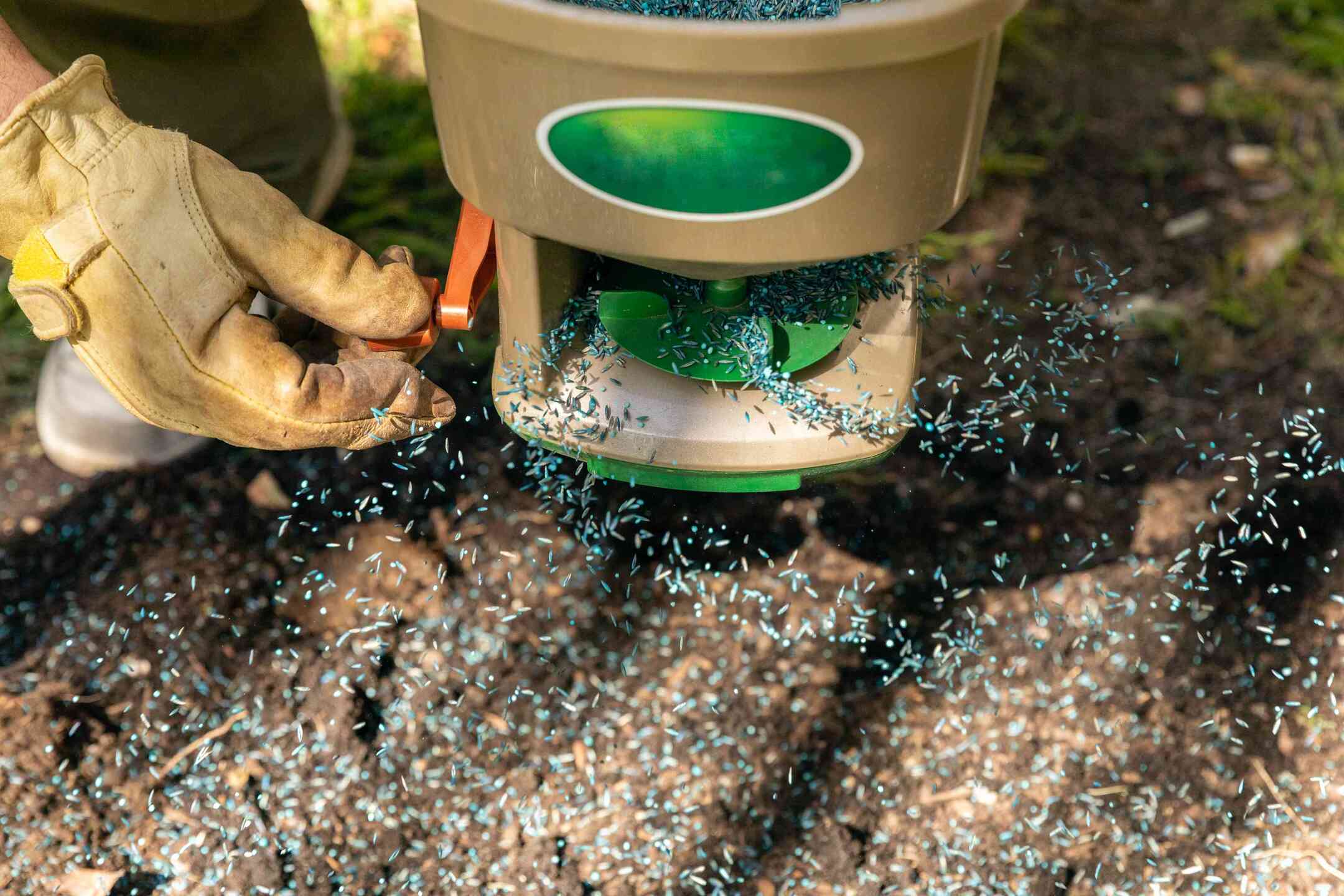

0 thoughts on “How To Apply Grass Seed”